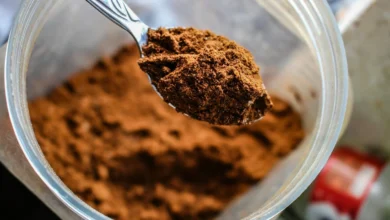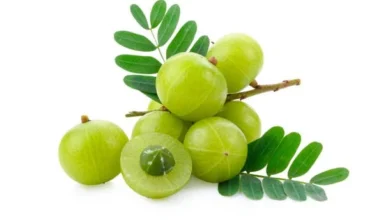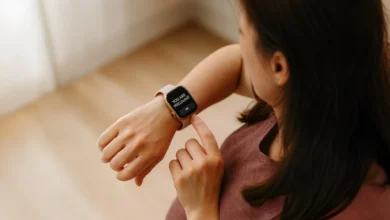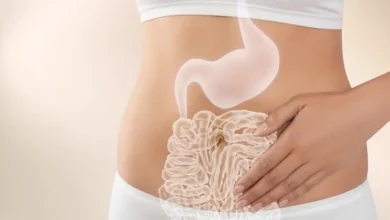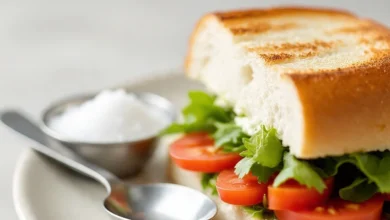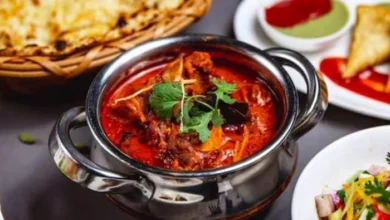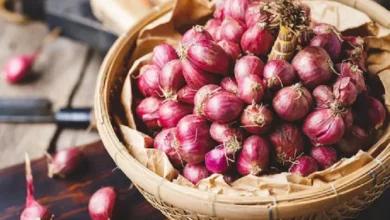Eating more protein but not losing weight? Fitness coach shares 4 things you might be doing wrong

Increasing protein intake is often recommended for weight loss and muscle building, but is that alone enough to see real results? Fitness coach Melissa , on July 10, shared an Instagram post explaining how increasing protein intake alone cannot fast track your weight loss journey.
“Yes, protein is essential for fat loss. But just eating more protein isn’t enough to focus on. So many women think that will move the weight loss dial, but alone, it won’t. You need to be strategic about your overall calorie and protein intake,” the fitness coach added.
Melissa explained 4 things that you’re doing wrong, and what to do instead:
1. You’re choosing fatty proteins:
Not all proteins are the same. When working on weight loss, lean protein sources will always be your best choice! They provide more protein, less calories, and more food volume.
What to do instead: Choose lean meat instead. These protein swaps will make a big difference in your total calorie intake.
2. You’re not monitoring your overall calorie intake, just your protein intake:
If you’re not eating in a calorie deficit, you will not lose weight, even while consuming more protein.
What to do instead: Make sure you’re tracking your total calorie intake to be in a deficit.
 3. You’re relying too much on protein shakes and bars:
3. You’re relying too much on protein shakes and bars:
Yes, protein shakes and bars are an easy way to boost protein intake, but they are not filling, and often bars are marketed as high protein that aren’t. Getting your protein through whole food sources instead of drinking it or eating a small protein bar will always be more satisfying.
What to do instead: Prioritise filling protein sources like chicken breast, lean meat, fish, add egg whites to your whole eggs, Greek yogurt and low-fat cottage cheese.
4. You’re eating foods you think are high protein, but they aren’t:
Often women mistake peanut butter, beans, quinoa and cheese as high protein sources, but they aren’t. These foods provide some protein, but the majority of the calories in them come from fats or carbs, and not protein.
What to do instead: Simple way to identify if a food is high in protein is to aim for at least 10g of protein per 100 calories. Example: Greek yogurt is 15g of protein per 80 calories.
